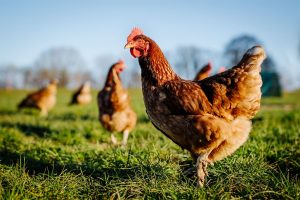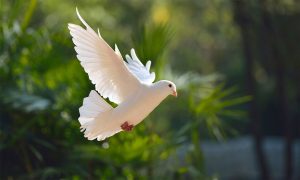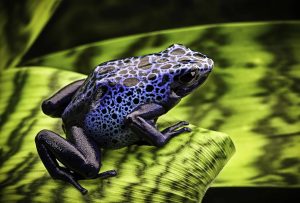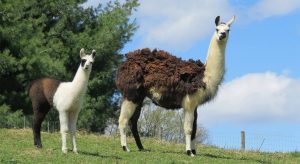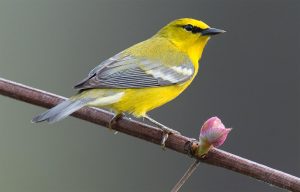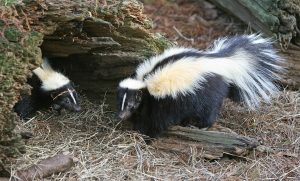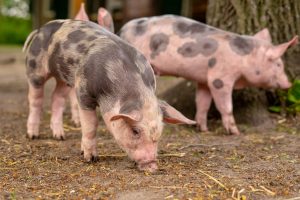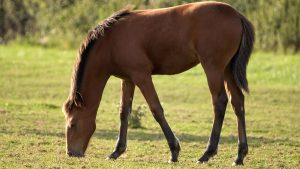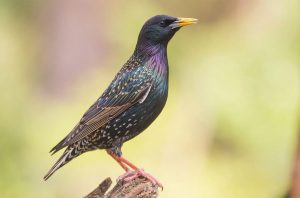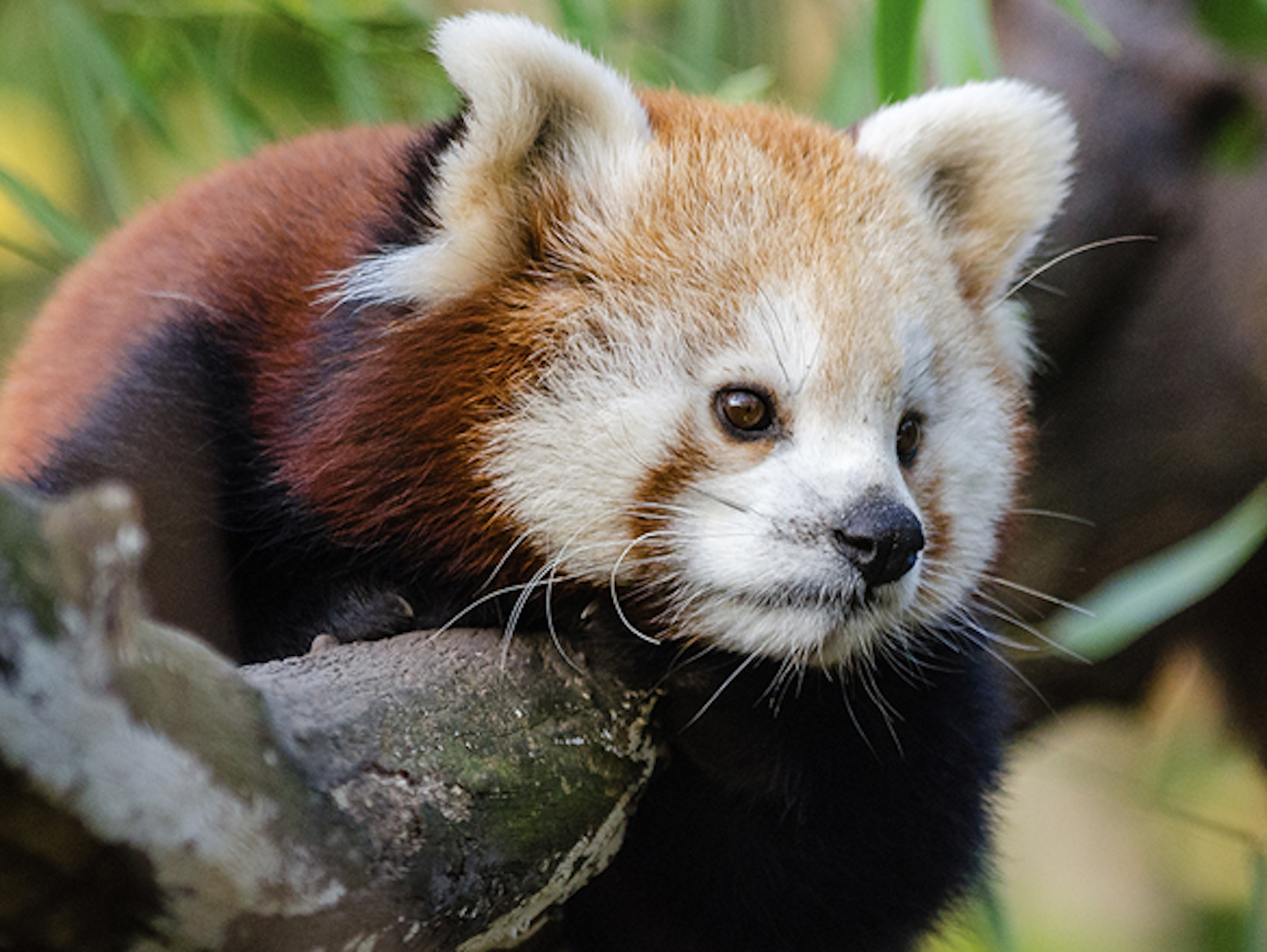
34 interesting facts about red panda
- 👁️ 942
The Red Panda, also known as the lesser panda, is a species of mammal that is native to the eastern Himalayas and southwestern China. These fascinating creatures are known for their distinctive appearance, with red and black fur, a bushy tail and a playful demeanor. Here are 34 fascinating facts about Red Pandas:
- Red Pandas are not closely related to the giant pandas and belong to the family Ailuridae.
- They have a life span of 8-10 years in the wild and up to 15 years in captivity.
- Red Pandas have a unique thumb-like extension on their front paws which helps them grip bamboo shoots.
- They are excellent climbers and spend most of their time in trees.
- Red Pandas are omnivores and feed on bamboo shoots, leaves, berries, fruits, flowers, eggs and small mammals.
- Their diet consists of approximately 99% bamboo.
- Red Pandas are active during the day and night.
- They are solitary animals and only come together during the breeding season.
- Red Pandas communicate through vocalizations, body language and scent marking.
- Their vocalizations range from whistles, bleats, growls and barks.
- Red Pandas have a slow reproductive rate and usually give birth to one or two cubs at a time.
- The gestation period for a Red Panda is around 135 days.
- Red Pandas have a distinctive fur pattern, with a red coat and black legs and tail.
- They have thick fur that helps keep them warm in their mountainous habitat.
- Red Pandas have an insulating underlayer of fur that protects them from cold temperatures.
- They are known to roll around in the snow to cool off on hot days.
- Red Pandas are endangered, with an estimated population of less than 10,000 individuals.
- Deforestation, poaching and hunting are the primary threats to Red Panda populations.
- Red Pandas have a small geographic range and are only found in the eastern Himalayas and southwestern China.
- Red Pandas are protected by law in China, Nepal, Bhutan and India.
- Red Pandas are listed as endangered on the IUCN Red List.
- Conservation efforts for Red Pandas include habitat protection, anti-poaching measures and breeding programs.
- In 2016, the first Red Panda cub was born in captivity through artificial insemination.
- Red Pandas have been kept in zoos for over a century.
- Red Pandas are popular exhibits in zoos and are often referred to as “firefoxes.”
- The name “Red Panda” is derived from the Nepali word “Ponya” which means “bamboo eater.”
- Red Pandas have a distinctive round face, small ears and large eyes.
- They have sharp teeth and claws which help them climb trees and grip bamboo shoots.
- Red Pandas have a long, bushy tail which helps balance and provides insulation.
- They use their tail to wrap around themselves to keep warm.
- Red Pandas have a slow metabolism and spend most of their time resting and conserving energy.
- They are able to change their diet based on the availability of food in their habitat.
- Red Pandas have a unique digestive system that allows them to efficiently digest bamboo.
- Red Pandas are known for their playful behavior and love to play with sticks and other objects.
